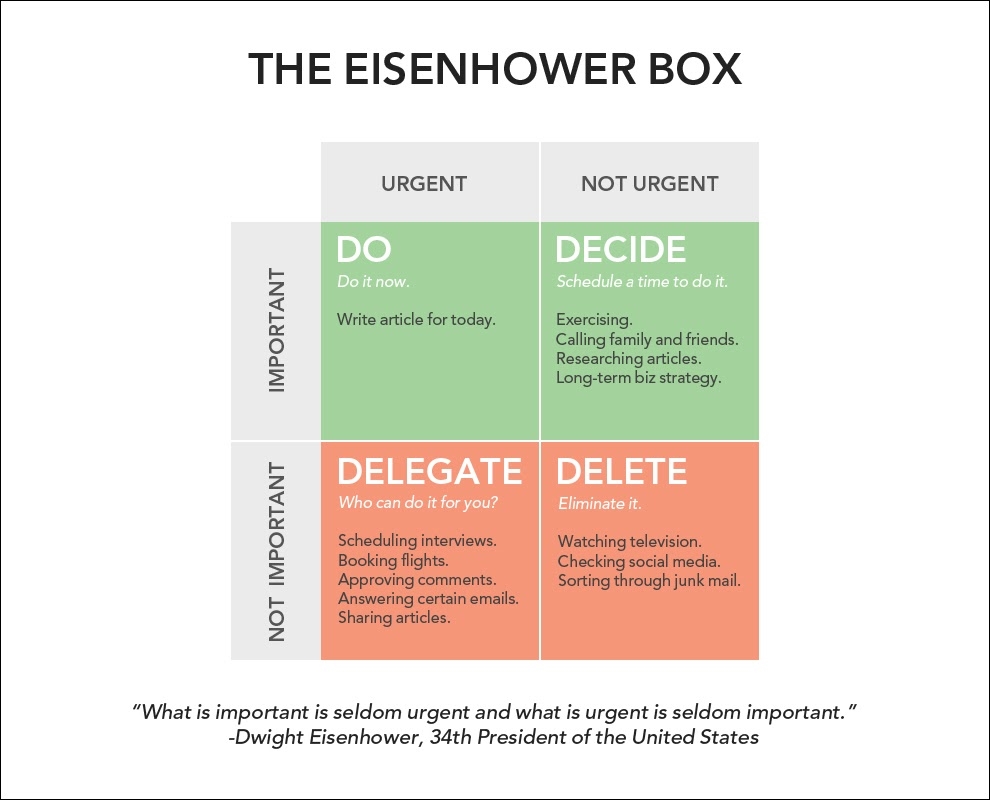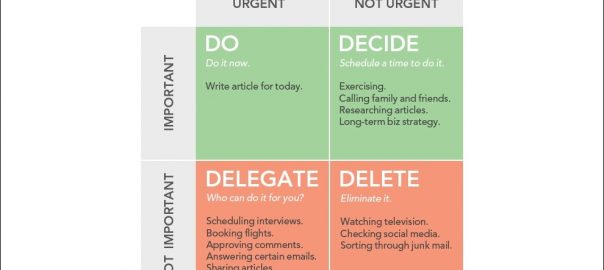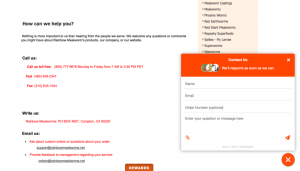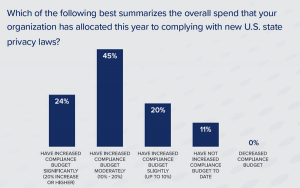I’m sitting in my guest-room-turned-office in week four (or is it five?) of our nationwide push to keep people home and communities safe. While the days blend together and my routine begs for a shakeup, work continues.
But for those of us lucky enough to have the option for flexible work, work is different. This week, my company is hosting our first fully-virtual quarterly meeting and sales training. And when I’m not in a Google Hangout with my team, I notice more lulls and quiet moments than usual. Then, there are the times where my brain zips around so much, Luke Skywalker couldn’t reign in my attention with The Force.
With each missed wedding, birthday, and celebration, my mind wanders from work. It gets stuck to everything I’m missing like the world’s stickiest glue. It’s in those moments that I seek productivity tools and techniques to get my brain back on track.
Because yes, we’re working – but we’re doing it with new challenges. And brand new research out of Tethr shows customer service organizations like yours live in a similar reality. Tethr monitored more than 1 million service interactions across dozens of industries to see how the pandemic has impacted customer service.
Turns out, agents are still working hard to help customers in a work from home call center environment and in the office. In fact, more customers are extending an arm for help right now, with more complicated requests. The number of challenging customer calls doubled since March 11 – the day WHO declared an official pandemic.
Your agents are handling interactions with heightened customer emotion as they attempt to work through the trying times themselves. So, how do you keep agents on track while still giving them some grace? And how do you, manager, prioritize your own time for peak productivity (without bleeding your well dry)?
We’re sharing five time management and productivity techniques to help you manage your work from home call center. So you and your team can continue to help customers while still caring for yourself.
1. Time Blocking
Georgetown professor Cal Newport coined the term Deep Work in his book on the science of productivity. The concept of deep work says that to do your best work, you need to focus fully on a single task, without interruptions.
Leading psychologists found that dividing our attention keeps us from completing even seemingly simple tasks – like responding to an email. With time blocking, you solve for the pains of divided attention. It’s pretty simple. You block off time on your calendar to dedicate to a single, important task.
How to apply it to your work:
Experts say to schedule 90-minute work blocks with breaks in between. As you lead a work from home call center, dedicating solid chunks of time to specific projects is even more important to keeping performance high. Consider batching similar tasks close together in different time blocks, too. Batching helps you focus on a few related topics rather than island hopping to completely different tasks.
Dedicating a few blocks of time to improving and documenting your contact center strategy, for instance, takes a different mindset than holding 1:1s with your agents. With batching, switching tasks isn’t jarring. You’re not suddenly jolted you from heads-down strategy mode into supportive leader mode.
How agents can adapt it and use it:
Encourage agents to block off their own 90-minute time periods to free themselves from distractions like cell phones and instant messages from peers. That way, they can dive into their queue and offer customers the best version of themselves – without interruption.
Tools to use:
Calendar tools like Google Calendar or Outlook.
2. Pomodoro Technique
The Pomodoro Technique is like the Spark Notes version of time blocking. Rather than chunking work into 90-minute sections, you start small. You work for 25 minutes without interruptions. Then, you take a short, five-minute break. Rinse, repeat. After a few cycles through this on-off time, you earn a longer break.
The 25-minute chunks of work feel less daunting than diving in on a full 90-minute work block. It’s easier to get started when you know you can grab a bag of Crunchy Jalapeño Cheetos to reward yourself in less than half an hour.
How to apply it to your work:
Use the Pomodoro technique to complete your less time-consuming tasks. Rather than larger strategies or projects, apply this method to tasks like completing agent scorecards and leaving feedback on agent interactions.
How agents can adapt it and use it:
This technique breaks up the monotony of daily work. While your agents don’t have to jump from task-to-task like you, they get sucked into a black hole of repetition. They sit in their queues and live and breathe complaint after complaint. For those with shorter attention spans (or lots of angry customers), handling interactions 25-minutes at a time leaves room to reset for the next batch of customers. And, it offers little rewards along the way (hello, five minutes to scroll Reddit).
Tools to use:
3. Time Tracking
Tracking your daily activities gives you a 100-foot view of your to-do list, so you optimize your time accordingly.
Tracking each activity might show you that you spent five hours looking for documentation on a specific customer pain, but you only spent three hours (collectively) coaching your team. Knowing where you spend time lets you adjust and autocorrect where you need to, so you can improve performance and help your team do better.
How to apply it to your work:
Use a timer to track how you actually spend your time. Set a timer when you start working on a project or task and pause it when you take breaks. Once you’re finished with each project or task, write down how long it took. You’ll see how long you’re spending on real work and where your time wasters might live – like spending an hour sifting through junk emails.
How agents can adapt it and use it:
Time tracking can be intimidating – when I started doing it, I always feared my peers or superiors would look at my time log and say, “why did that take her so long?!” When sharing this technique with your agents, be careful of coming off like a watchdog.
Instead, encourage your team to set timers to track certain essential tasks. Like, how long it takes them to search the knowledge base to help a customer. Or, how long it takes to pull up customer history during an interaction. Encourage agents to help you ID where inefficiencies live in your contact center processes, so you can work together to fix them.
Tools to use:
4. The Eisenhower Method
This time and task management technique helps you categorize your tasks to get rid of waste and prioritize. First used by President Eisenhower (hence, the creative name), this method uses a matrix with four categories to lighten your workload.
Do: These are the tasks or projects you can’t put off. The frogs you need to eat.
Decide: These are tasks and projects that aren’t urgent but need a timeline. You decide when to complete them, and you commit to deadlines.
Delegate: Tasks in this category hang out in your back pocket, but you can easily pass them off to a supervisor or reliable agent.
Delete: Get ‘em outta here. These tasks are sucking up your time and resources, but they’re not helping you reach your goals.
How to apply it to your work:
Use info from your time tracking data paired with a running list of all your projects and daily tasks. What’s the top priority on your list? And, what projects have you been hanging on to – with every intention of completing– but with the realization that there’s just not enough time? Can you delegate any of those projects to your supervisors? What about bright-eyed agents looking for more responsibility? See what you can hand off, and what you can scrap entirely.

How agents can adapt it and use it:
In the work-from-home era we’re living in, the priority balancing act is tough. We find ourselves with much more time at home, but still feeling depleted. Talk agents through the Eisenhower Method to help them cut inefficiencies from their daily routine. And, to help them really decide what’s important to tackle right now, and what’s not. If playing the role of substitute teacher comes before making it to the team meeting exactly at 9 a.m., that’s okay.
Tools to use:
The Eisenhower Matrix – scribble it down in a journal or in a digital note-taking tool, like Evernote or LucidChart.
5. Team Accountability Meetings
Team meetings come in many forms: weekly kick-offs, daily stand-ups, monthly reviews, you name it. Right now, while we’re all at home, we’re big advocates for connecting more frequently. My team holds daily, 15-minute standups at the start of each day. We check in with each other to talk through what we accomplished the day before, what we plan to do today, and if anything’s standing in our way.
Quick check-ins with your team pushes them to keep chugging along. And it’s a show of solidarity– a reminder that agents have a network of peers and leaders available for help on tough problems.
How to apply it to your work:
Set a cadence for team meetings that works for you and your direct reports. Host meetings and go over team metrics to check on performance. Celebrate team wins and see what’s blocking your agents from getting work done, too. While running a work from home call center, over-communicating is your friend. Even if your meetings only last a few minutes.
How agents can adapt it and use it:
Not everyone has the availability and flexibility to meet daily each morning (read: kids who need homeschool help. And breakfast). But, urge agents to link into a larger network of accountability, too. Encourage them to connect outside of team meetings and talk through challenges and tasks. Turns out, research shows companies who enable AND encourage agents to lean on each other for expertise perform 50% than companies who don’t.
Tools to use:
Zoom, GoTo Meeting, Google Hangouts, Slack
P.S. You can thank Tomato Timer and the Pomodoro Technique for helping me with this article. The only thing I love more than writing to you each week is spending time with my family and friends. And I can’t right now. So, today I needed that extra, little nudge. It’s okay if you and your team do, too.
Business & Finance Articles on Business 2 Community
(48)








